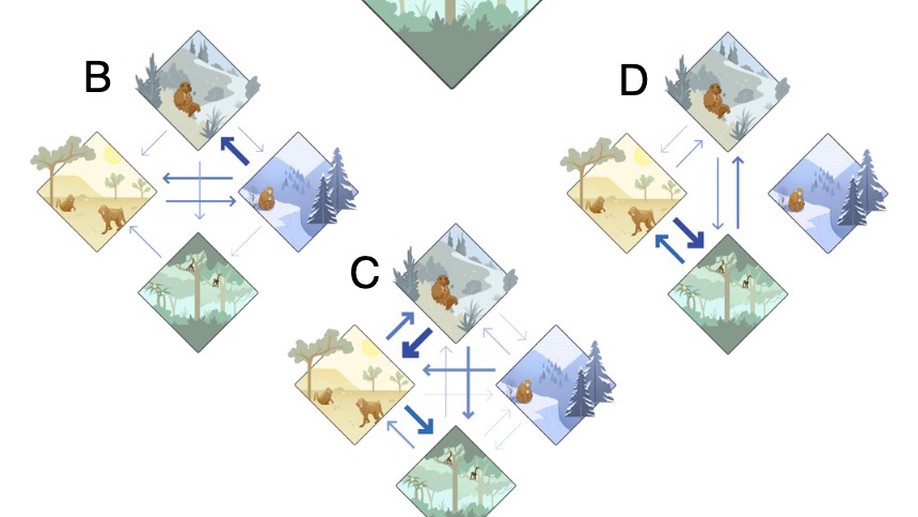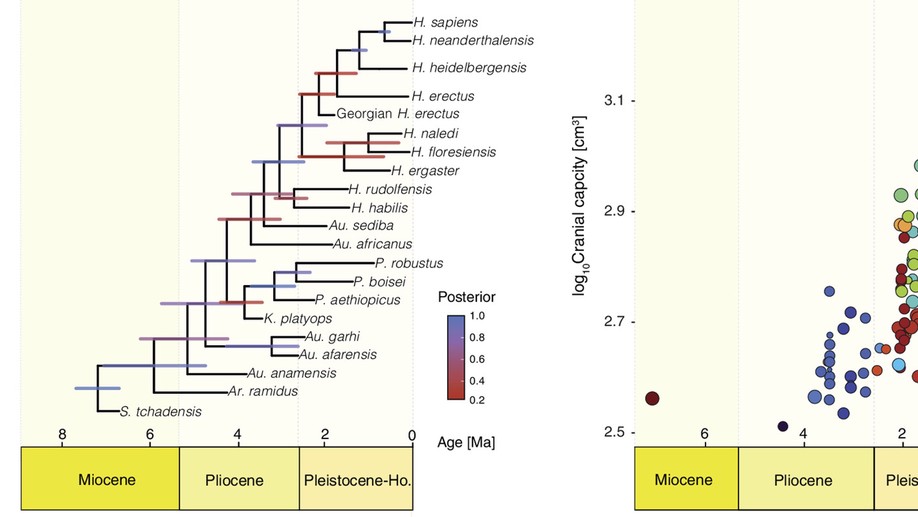Thomas A. Püschel
Associate Professor in Evolutionary Anthropology
School of Anthropology and Museum Ethnography - University of Oxford
Biography
I am the Wendy James Associate Professor in Evolutionary Anthropology at the School of Anthropology and Museum Ethnography, University of Oxford, as well as Tutorial Fellow at St. Hugh’s College. My main academic interest relates to the study of how and why human and primate bodies have become the way they currently are. To answer this kind of questions, I apply a combination of statistical modelling, 3D morphometrics, virtual biomechanical techniques, computational simulations, phylogenetic comparative methods, and fieldwork. My research has focused on the morphological innovation along the human lineage, primate phylogenetics and adaptive evolution, palaeontological fieldwork in the Rift valley, and the development of new tools to analyse primate form and function in an evolutionary framework. I am in the process of establishing a research group focused on these topics, so if you are interested in joining my lab, downloading publications or discussing potential collaborations, please explore the website. I am also a keen amateur wildlife photographer and a few of my pictures can be found in the gallery below.
Interests
- Evolutionary anthropology
- Primate evolution
- Palaeoanthropology
- Vertebrate palaeontology
- Phylogenetic comparative methods
- Phylogenetics
- Morphometrics
- Biomechanics
Education
-
PhD in Adaptive Organismal Biology, 2018
The University of Manchester
-
MSc in Anatomy and Evolution, 2013
The University of York, Hull York Medical School
-
BSc in Biological Anthropology, 2011
Universidad de Chile








































